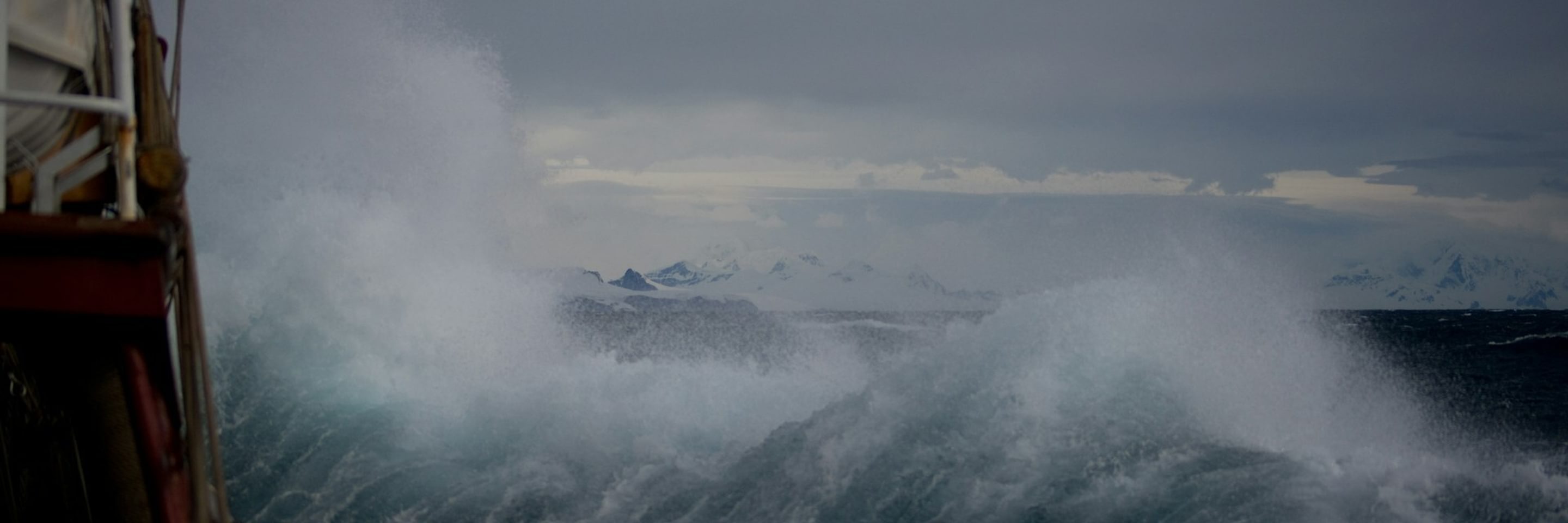
Coinciding with the World Meteorological Organisation (WMO) releasing the State of the Global Climate Report, Met Éireann has issued Ireland’s Climate Provisional Summary Report.
It makes for uncomfortable reading.
The report noted ‘The clear signs of human-induced climate change reached new heights in 2024, with some of the consequences being irreversible over hundreds if not thousands of years’. That statement should send chills down the spines of politicians, business-people and private citizens across the globe. It appears that ‘if’ has been consigned to the past, as ‘when’ takes precedence.
The report referenced the enormous economic and social upheaval from extreme weather events, and as well as the fact that atmospheric carbon dioxide, methane, and nitrous oxide concentrations, despite the aims of the Paris Agreement, are at their highest levels in the last 800,000 years. To put that into context, globally each one of the last ten years has been one of the ten hottest years on record.
2024 was Ireland’s fourth warmest year on record, and follows our warmest year ever recorded, which was 2023. Rising temperatures increase the chance of severe weather events and emphasise the need for climate action to reduce greenhouse gas emissions, as well as robust adaptation to deal with the consequences of climate change.
It is clear that mankind’s drive to combat climate change is showing alarming signs of not working.
UN chief Antonio Guterres opined that ‘this report shows that limiting long-term global temperature rise to 1.5 degrees is still possible’, but the statement stretches the boundaries of credibility as we see the escalation of armed conflicts across the globe, the increasing use of explosive weapons, the ramping up of oil and gas mining (especially in countries such as the United States, one of the world’s largest CO2 emitting territories) as well as a sizeable increase in corporate investment in so-called ‘carbon bomb’ programmes such as drilling for fossil fuels.
According to the report, the ‘annually averaged global mean near-surface temperature in 2024 was 1.55ºC ±0.13ºC above the 1850-1900 average. Never before, in our opinion, has the challenge to combat climate change and global warming been more pressing or more difficult to achieve. The Paris Agreement, signed ten years ago in 2015, aimed to limit the global temperature rise to 1.5ºC above pre-industrial levels, by the end of the century. Current indications are that the threshold is already upon us – 70 years ahead of schedule.
Of course, a single year above 1.5ºC does not mean that the long-term aims of the Paris Agreement have been thwarted, but it is an enormous wake up call for governments, businesses and private citizens across the globe. How many more signs do we need before we determine that, unless significant cultural and habitual change happens, the planet is in deep trouble, and all of us along with it?
Atmospheric CO2 emissions risk enhancing the greenhouse effect, adding to ocean acidification, affecting crop productivity, changing nutrient content and increasing air pollution. We only have to look at the effect of just one of these on food insecurity to see that the situation is more than serious. During each of the last eight years, new ocean temperature records have been set – the rate of ocean warming over the past twenty years (2005-2024) is more than double that in the period 1960-2005.
The rate of sea-rise has also doubled since satellite measurements started. Between 1993 and 2002, sea levels rose by 2.1mm per year. Between 2015 and 2024, that figure was 4.7mm per year. It seems like a small amount but to put it into context, some low-lying nations are already facing irreversible and catastrophic consequences whilst CO2 and other GHG emissions continue to increase. Rising sea levels are not only a threat to coastal boundaries. They can also taint freshwater inland water sources with saline, impact coastal ecosystems and infrastructure, as well as contributing to flooding and poorer water run-off.
Across the globe, glaciers are in retreat and the frozen parts of the Earth’s surface are melting at an alarming rate. Antarctic sea ice has reached its second-lowest extent ever recorded.
Severe weather events have also been on the increase. Tropical cyclones, floods, droughts, wildfires and other events, led to the highest number of new displacements recorded for the past 16 years, destroying homes, critical infrastructure, forests, farmland and biodiversity.
Extreme weather events in 2024 led to widespread displacement, economic losses, and worsening food crises, providing an abundance of climate change lessons for everyone. The question is whether we take note and act accordingly or ignore fair warning at our peril.
With the US President, Donald Trump, encouraging Americans to ‘Drill, baby, drill’ and armed conflicts increasing in intensity and number across the globe, it seems we are not listening as closely as we should. Whilst businesses and citizens can make enormous efforts to combat climate change and its impacts, until all governments find a way of coalescing their economic and environmental agendas Mr Antonio Guterres’ claim that the 1.5ºC Paris Agreement aim can still be met is looking increasingly like a distant dream.
Now that makes for uncomfortable reading.
Related content











